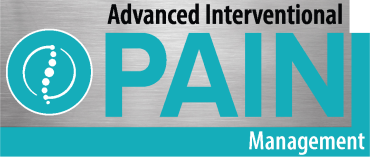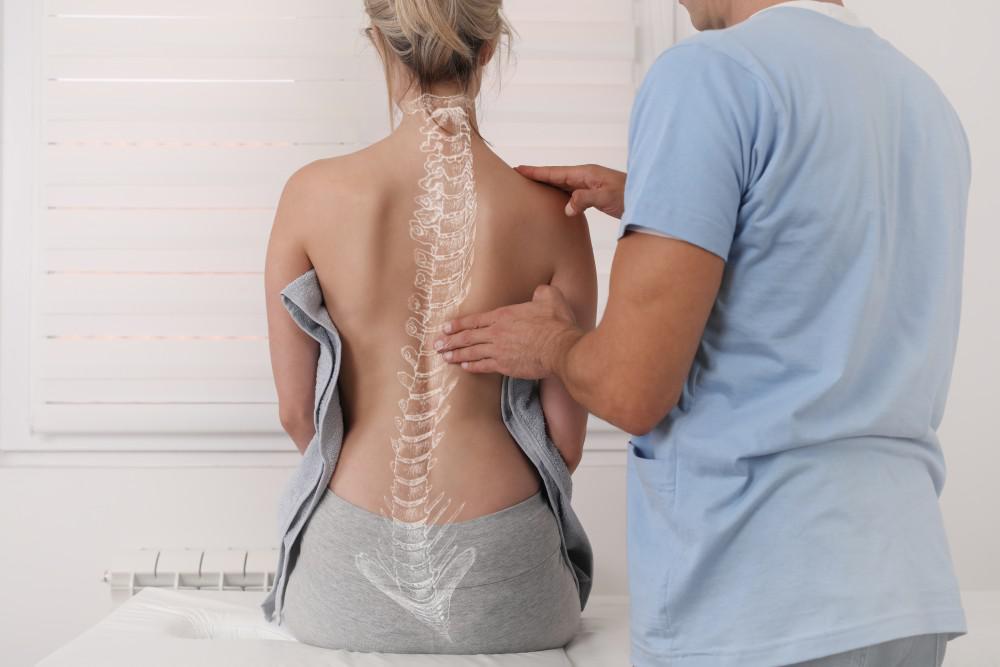Back pain is common, but for many people the pain resolves within a few days or a few weeks. However, not everyone is so lucky. About 20% of people continue to experience persistent back pain for months or years.
Chronic back pain may occur from any number of causes. If your back pain is getting worse and includes other symptoms such as radiating numbness or burning, then spinal stenosis may be causing your chronic back pain.
At Advanced Interventional Pain Management, with offices in Texarkana, Hot Springs, Little Rock, El Dorado, Arkadelphia, and Mena, Arkansas, we understand how chronic pain affects quality of life. For nearly 25 years, we’ve been providing cutting-edge care to help our patients get the relief they need using the least invasive methods possible.
Our pain management specialists, Dr. Jacob Abraham and Dr. Ryan Stuckey, have helped many people find effective relief for their back pain resulting from spinal stenosis.
If you suffer from chronic back pain, you need to know the underlying cause so you can get the right treatment. Could spinal stenosis be causing your chronic back pain?
Spinal stenosis explained
Your spine protects your spinal cord, which is part of your central nervous system and located inside the open space — the spinal canal — created by your stacked vertebral bones. Your spinal cord serves as the network that relays messages from your brain to the rest of your body.
Your spinal cord is a bundle of spinal nerves that runs from your brain down the length of your spine. These nerves exit your spine through openings known as foramen that are between each pair of vertebral bones.
Spinal stenosis occurs when you have narrowing in the spinal canal so there’s less space around the spinal cord. This narrowing may compress or irritate the spinal cord or spinal nerves, which causes pain and other symptoms.
Though some people are born with a narrow spinal canal, spinal stenosis most often develops from problems related to the structure of the spine.
Common causes of spinal stenosis include:
- Bone spurs from osteoarthritis
- Thickening of the spinal ligaments
- Herniated discs
- Traumatic injury
- Spinal tumor
Spinal stenosis may affect any part of your spine. However, it most often occurs in the lumbar (lower back) and cervical (neck) spine.
Spinal stenosis and chronic back pain
Yes, spinal stenosis may be the underlying cause of your chronic back pain. However, not everyone with spinal stenosis has symptoms. Pain and discomfort related to spinal stenosis depend on the severity of the narrowing and the types of nerves that are affected.
In addition to back or neck pain, spinal stenosis symptoms may also include burning, numbness, or tingling sensations that travel to your extremities. Many people also experience muscle weakness or difficulty maintaining balance.
Initially, your symptoms may be mild, but they tend to worsen over time.
Treating your spinal stenosis
Spinal stenosis is a progressive condition that may lead to permanent nerve damage if left untreated. We provide many cutting-edge interventional pain management treatments and procedures for spinal stenosis to alleviate your discomfort and improve your quality of life.
Our pain management specialists customize treatment plans based on the location of the spinal stenosis, types of nerves affected, and severity of symptoms.
Some of the minimally invasive procedures we offer that may alleviate your spinal stenosis pain include:
- Epidural steroid injections
- Facet joint injections
- Radiofrequency ablation
- Spinal cord stimulator trial
Depending on your spinal stenosis treatment plan, we may also perform the Vertiflex™ procedure. During this minimally invasive surgery, we implant an interspinous spacer that separates your compressed vertebrae and opens the space in your spinal canal.
Chronic back pain affects every aspect of your life. Let us help you find an effective treatment that provides long-term relief. Call the office most convenient to you or request an appointment online.

